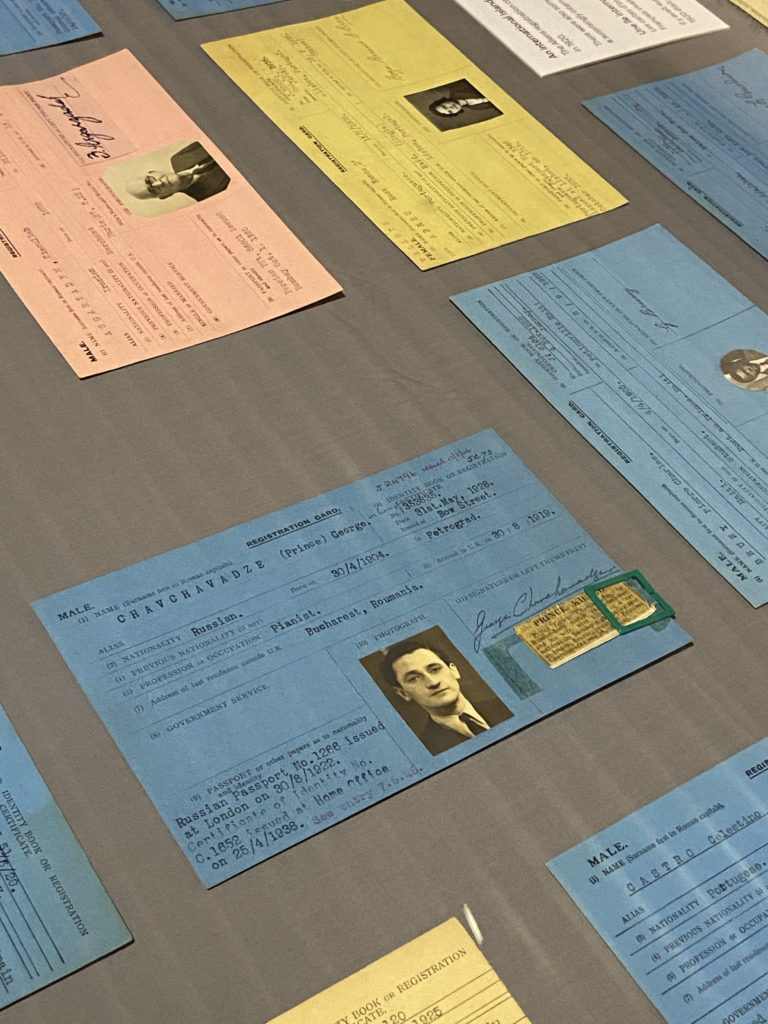‘Every Jersey resident has an immigration story – whether their family came here 500 years or five years ago. This exhibition explores some of these stories and the ways in which immigration has shaped and influenced the Island we know today.’
Jersey’s first permanent settlers arrived around 7,000 years ago. They were driven by a changing climate to seek a new and sheltered place where they could plant their crops and raise their families. Since that time, waves of immigrants have arrived in Jersey. Some were fleeing religious or political persecution and they found refuge in this Island. Others were economic migrants seeking a better way of life for themselves and their families, from retired English army officers in the 19th century to Breton farm workers in the early 20th century.
The French Wars of Religion took place during the 16th century between Catholics and Huguenots (Protestants). Consequently, many Huguenots fled to Jersey in order to escape being persecuted for their beliefs. In fact, so many Huguenots came to the island that an additional market day had to be introduced to cope with the crowds. Large numbers of Protestants left France after 1685, when the Edict of Nantes was revoked, which took away their right to practice their religion. This therefore led to an influx of Protestant immigrants who established many small businesses on the island. The shipping industry was created on the back of the Atlantic cod trade. The first large scale commercial shipyard was built in Jersey in 1815. The industry benefited from the Island’s tax-free status, being able to import timber more cheaply than competing British shipyards. Much of the labour in the shipbuilding industry was migrant labour from other parts of the British Isles. The shipbuilding and shipping industries began to decline in the 1860s as a result of a depression in world trade and the switch from sail to steam.
From 1820 the Jersey economy was boosted by the first real inflow of wealthy immigrants, largely retired military offers, half pay officers and senior officials from the colonies. These individuals came mainly from the UK or British Colonies and were attracted by the tax regime, mild climate, improved travel and the Island way of life. It was estimated that there were 5,000 English residents in Jersey in the early 1840s three-quarters of these were half-pay officer s and their families. Their local spending power would have created local jobs and contributed to the growth of St Helier during this period. High Value Residents continue to come to Jersey for many of the same reasons.
https://www.jerseyheritage.org/family-history/jersey-immigration
The part of the exhibition which I found the most interesting was the ‘Alien Registration Cards’, which were introduced as a result of the Aliens Restriction Act passed in February 1920. Under this new law, all aliens over the age of 16 living in Jersey were forced to register with an Immigration Officer, no matter how old they were or how long they’d been living on the island. The Alien cards were issued up until the 1960s and, initially, any woman who married a foreign national was also required to register for a card, as well as anyone of foreign parentage.




